The effect of humor is more than just comical, it’s chemical.
It’s Also Other ‘C’ Words—
no, not that one—compelling, converting, cheers-worthy.
So, when formulated properly in branding and advertising, it results in ideas worthy of a prize-sinning, tri-fold-display at the regional science fair. And if you try to stop us from making inconsistent scientific analogies, we’ll throw a beaker in your face.
Safety googles on, everyone. It’s time for a brief look at the weird science of how humor impacts buying behavior:
What happens to a consumer's brain when a brand makes them laugh?
Dopamine floods the reward center of the brain

Deeper levels of focus and long term retention
Oxytocin (The trust hormone) is released
Heightened trust, reassurance, and loyalty
Cortisol is lowered + endorphins are triggered
Less stress and more euphoric feelings
Positive perception shift

Views the brand as more competent, confident, and higher in status
Adrenaline is released

Cements a memory or message
Did we just singe the eyebrows right off of your face? Thought so.
Humor is so obviously (and scientifically) effective at influencing consumers, you’d have to be a fool—aka one of our competitors—not to use it.
(Ooh, sick industry burn, Semiserious).
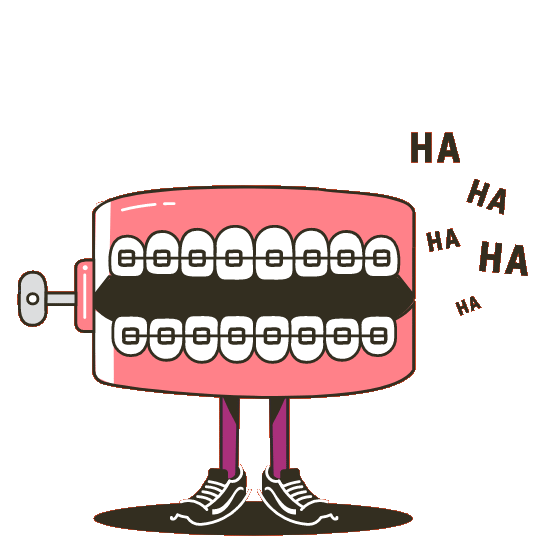
That’s why every imaginative solution we dream up leverages humor as the central, creative problem-solving tool. Because in an overly-saturated marketplace full of folks with alarmingly-short attention spans, the only way to activate your audience is to stop doing the predictable, boring, underwhelming stuff everyone around you is doing, and start weilding the most powerful strategy in the game: humor.






